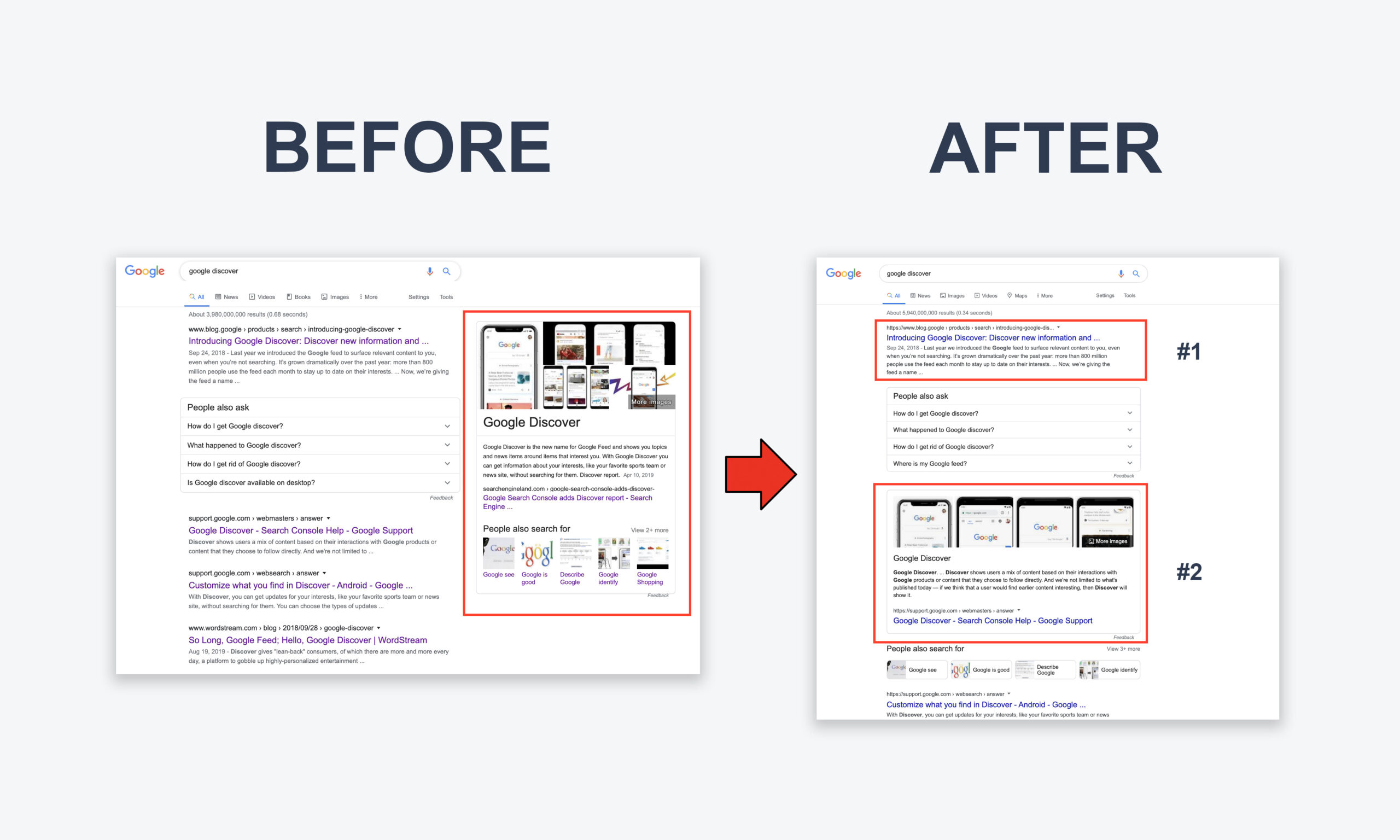Want to know how to optimize feature snippets? Some SEO experts could view highlighted snippets as the pinnacle of success. For many websites, featured snippets represent a fantastic low-hanging fruit opportunity. With just a few minor changes to the content of your website, you may boost your site to the top of the search listings by optimizing for the highlighted snippet.
Throw out site architecture, performance, and backlinks. Bypassing all of that for a possibility to perform in the top spot without having to be concerned about all of those other criteria is possible using featured snippet optimizations. In this post, we’ll provide you with a set of guidelines to keep in mind when you encounter featured snippet opportunities.
A Featured Snippet: What Is It?
An excerpt of content that shows up at the top of Google in two to three sentences is known as a featured snippet. Featured snippets directly respond to a user’s query in the search results. A page’s traffic may increase if it is highlighted in a snippet. Users who want to read the entire article can do so by clicking on the featured snippet’s URL.
Some websites were able to appear on page 1 of the SERPs twice when Google introduced featured snippets, which originally resulted in substantial increases in organic visibility and traffic.
How To Increase Your Featured Snippet Visibility?
When we optimize client pages for this SERP feature, we adhere to a set of rules that we have created. The information regarding each rule is provided below:
Rule 1: Include a heading titled “What Is”
You should start by looking for a spot in your text where you may insert a “What Is [Keyword]” heading tag. This makes it quite apparent to Google that you are adding the text that might be a part of the feature snippet. This headline arrangement has been used on innumerable pages that are featured snippets.
Rule 2: Employ the verb “is” in your sentences
It’s crucial to use a “is” declaration when optimizing for the featured snippet. This means that the first phrase should begin with the phrase “[Keyword] is.” We frequently notice the use of “is” phrases in the text when examining pages that are obtaining featured snippets. According to our observations, this type of content organization appears to serve as a “triggering phrase” that makes it simple for Google’s algorithm to locate the language that is appropriate for the featured snippet.
Rule 3: Clearly define the subject in two to three sentences
This, in my opinion, is the most crucial guideline to follow. The goal of feature snippets is to provide users with as much data about the subject as quickly as possible. This means that the material you’re optimizing needs to make an effort to cover the subject in as many words as you can in two to three phrases. For the sake of this rule, conciseness is crucial. Even if you intend on writing long-form content, the snippet should be a brief (and short) overview of the most important information.
Rule 4: Follow the featured snippet format
There are various distinct kinds of featured snippets, as we just said. Which are:
- Paragraph (most common) (most common)
- Numbered and Bulleted List
- Table
This rule is really straightforward. Incorporate the featured snippet form that you find on the SERP in your content.
Rule 5: Avoid using your company name in featured snippet text
We frequently come across errors like this when optimizing. Businesses must follow the rules 1-4 may. Yet even if they do, the output may contain verbiage that disqualifies it from being a feature in the sample. One instance of this language would be brand names. Keep in mind that voice search is fueled by featured snippets. The featured snippet will be spoken aloud to users by devices like Google Home. As a result, the featured sample must make perfect sense when read in this setting.
Rule 7: Scale featured excerpts whenever you can
We’ve observed some intriguing behavior with featured snippets for bulleted lists throughout the years. All of these look to be H3 tags in format. This demonstrates that Google may use information from heading tag scraping to produce highlighted snippets in some search results.
Given that feature snippets may scale with HTML changes, this presents an intriguing potential. We have suggested changing the HTML on category pages for several of our clients from ordinary paragraph tags to H2 or H3 tags.
Conclusion
We believe that by laying out these rules, you will have a clear idea of what to do while optimizing for the featured snippet. Always utilize a “is” statement and provide a complete definition of the issue in no more than two to three sentences. You should be able to obtain much more featured snippets for your website by according to the aforementioned standards.





















Leave a Reply
View Comments